Americans Are Heading Out Into The Wilderness… Unprepared
Because of technology more Americans are heading out into the wilderness, unprepared. With Facebook, Instagram and many other social media platforms...
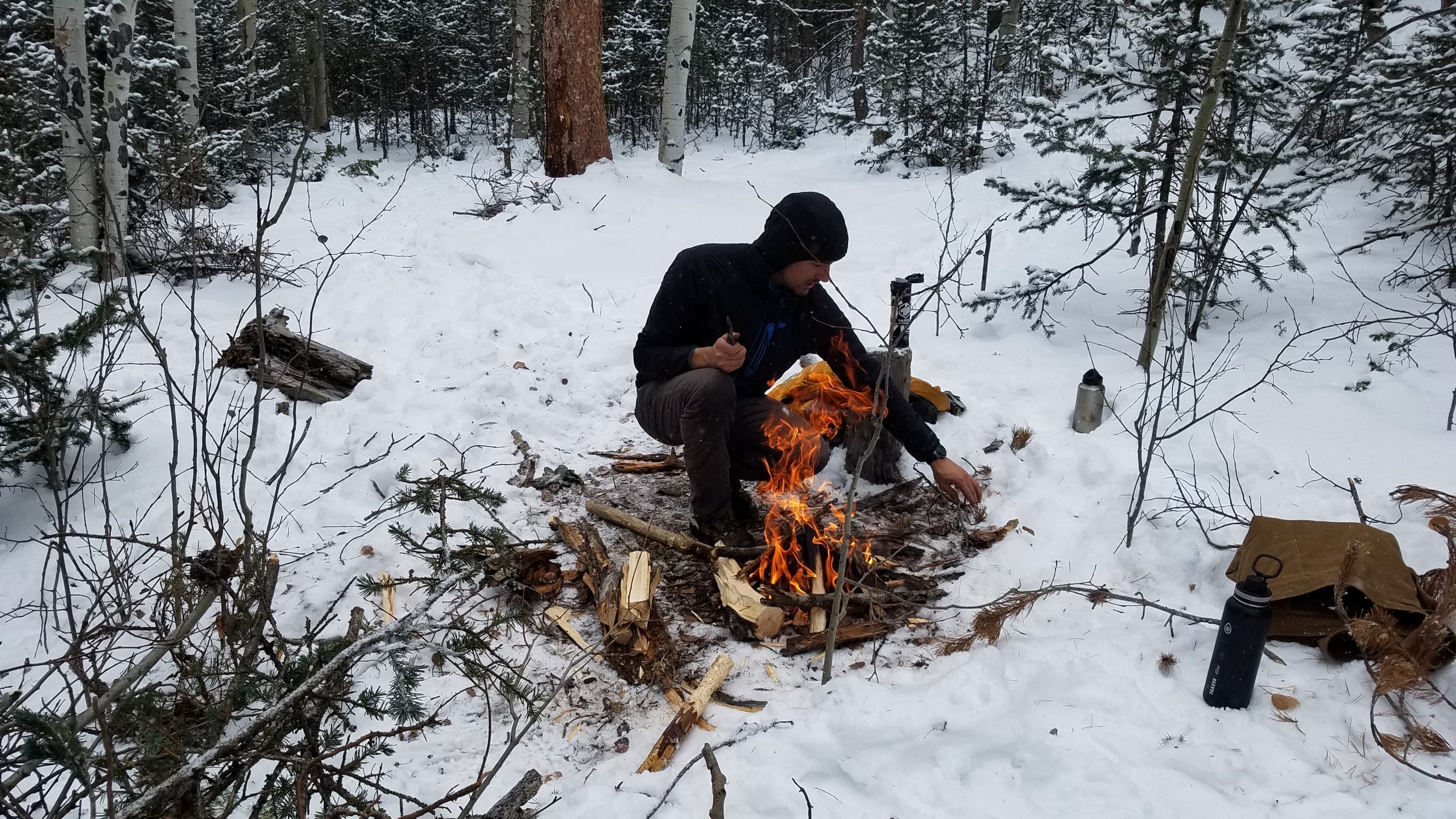
The first best way to survive an avalanche is to understand what causes them to occur. This will allow you to recognize an avalanche area and avoid it.
Colorado is seeing a large amount of snowfall this year with varying temperatures and types of snow. These temperature fluctuations are causing extreme problems with snowpack stability. When snow is dry and granulated, like sugar, it does not pack well and is unstable.
If you have ever tried to make a snowball with this fine snow, you will know what I am talking about. If you are from a tropical place and have never seen snow, then try packing a handful of sand. It simply does not stick together well and crumbles in your hands either immediately or with the slightest disturbance. This type of snow is called “hoar” snow or “sugar snow”. Now combine a layer of heavy wet snow beneath this hoar snow and another layer of heavy snow on top of it and you have a combination for disaster. Continue adding layers of snow or other factors and an avalanche is inevitable resulting in what is known as a slab avalanche. A slab avalanche is when a layer of snow breaks away from the layer beneath it and rushes downhill. These types of avalanches are typically the ones that we hear most about because they tend to be triggers by backcountry skiers, hikers and snowmobilers.
There are several other contributing factors to avalanches besides the temperature and snow type. Slope angle, slope aspect, wind, varying snowpack and the introduction of a human presence are just some of the ingredients for an avalanche.
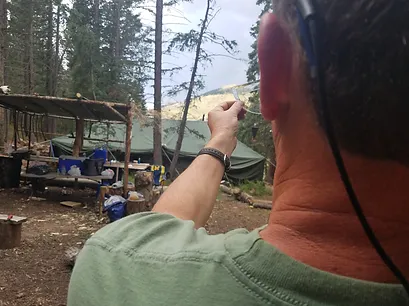
Slope angle is just that, the angle of the slope in which snow is resting. Avalanches occur most frequently when slopes are between 30 and 45 degrees. You can determine the angle of a slope using a compass, a protractor and a string, or there are apps that you can install on your smartphone.
Slope aspect is which way a slope is facing in relation to the sun. A south facing slope gets more sun, therefor it warms during the day, causing is to melt and condense. South facing slopes tend to be the most stable resulting in fewer avalanches. The problem is that most backcountry adventurers prefer north facing slopes because this is where the best powder is for their chosen sport. The north face is typically comprised of many layers of hoar snow, which is very unstable. However, when temperatures start to increase, the south facing slope becomes more dangerous because of the overly heavy wet snow which tends to slide because of the weight. The north facing slope then become less dangerous as the light fluffy snow packs and condenses to a safer structure.
Wind is a major contributing factor when it picks up dry surface snow from one slope and deposits it on another slope creating a layer of hoar snow. Or it deposits the snow on a ridge, forming a snow slab. These snow slabs are prone to slide.
Varying snowpack is what we mentioned before with the different layers of different snow types. Different storms bring in different types of snow crystals or wind blows in snow from other slopes creating an unstable and hazardous condition.
Finally bring in the human element. Our outdoor activities create a huge disturbance in the already unstable area. If you do not take time to study the different snow layers, slope angle, slope aspect, etc, of an area, then you are putting yourself at great risk. Cutting a path across an open snow field is much like taking a knife to a piece of yarn. The individual pieces of yard cling to each other for a short time but eventually they break free and fall away. Add in our ego, our need to compete or complete our task, or group mentality in which you want to outdo your friend or that there is always safety in numbers, greatly diminishes our good decision making abilities, often resulting in disaster.
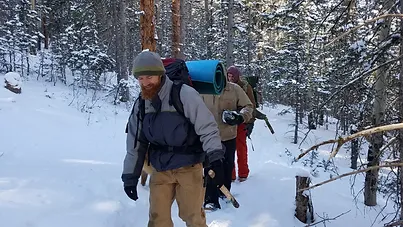
The human factor does not always happen to beginners. In fact, disaster commonly strikes more experienced adventures than it does the new one. Or the new adventurers accident is a direct result of the experienced adventurer that he/she was with. First of all, you should never assume that anybody in your group has avalanche training. Also do not assume that they know what is best for you or that their previous experience in a familiar area has anything to do with what is happening RIGHT NOW. Just because an area was safe yesterday, does not mean that it is safe today. Summit Fever takes many forms and in an avalanche situation it is your extreme desire to reach your destination, which results in you making poor judgement or ignoring dangers that you normally would not ignore. In a group setting though it is usually our want to be accepted by others or be part of the pack that gets us into trouble. When traveling in the backcountry, no matter what the season, you should never stake your life on what the guy in front of you is doing. Always access risks as if you were traveling alone and always assess the current situation. Is the person in front of you or the person behind you creating more risk? If something doesn’t look or feel right, do not be afraid to speak up! Your life depends on it!
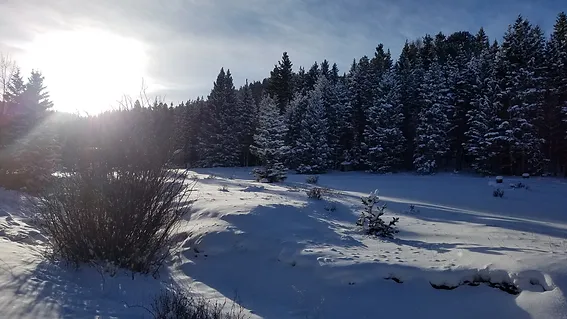
Now that we have discussed some ways to recognize avalanche terrain or contributing factors, let’s talk about a few ways to survive them should you actually get caught in one.
We hope that you never get caught in an avalanche but if you do, remember these tips!
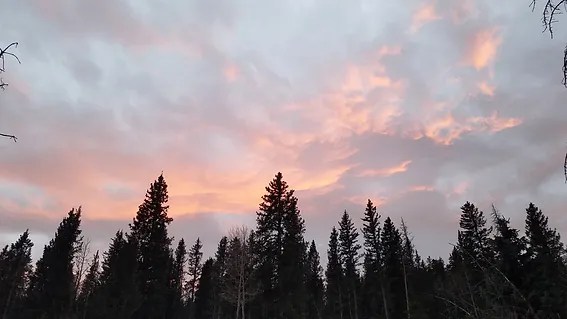
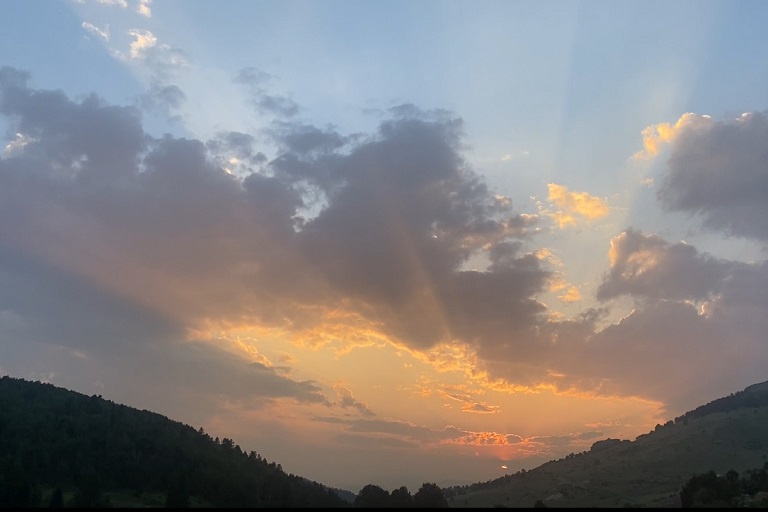
Because of technology more Americans are heading out into the wilderness, unprepared. With Facebook, Instagram and many other social media platforms...

Are you required to have a WFR Certification for your job? Or do you want to learn medical skills for when you are venturing out into the wilderness,...
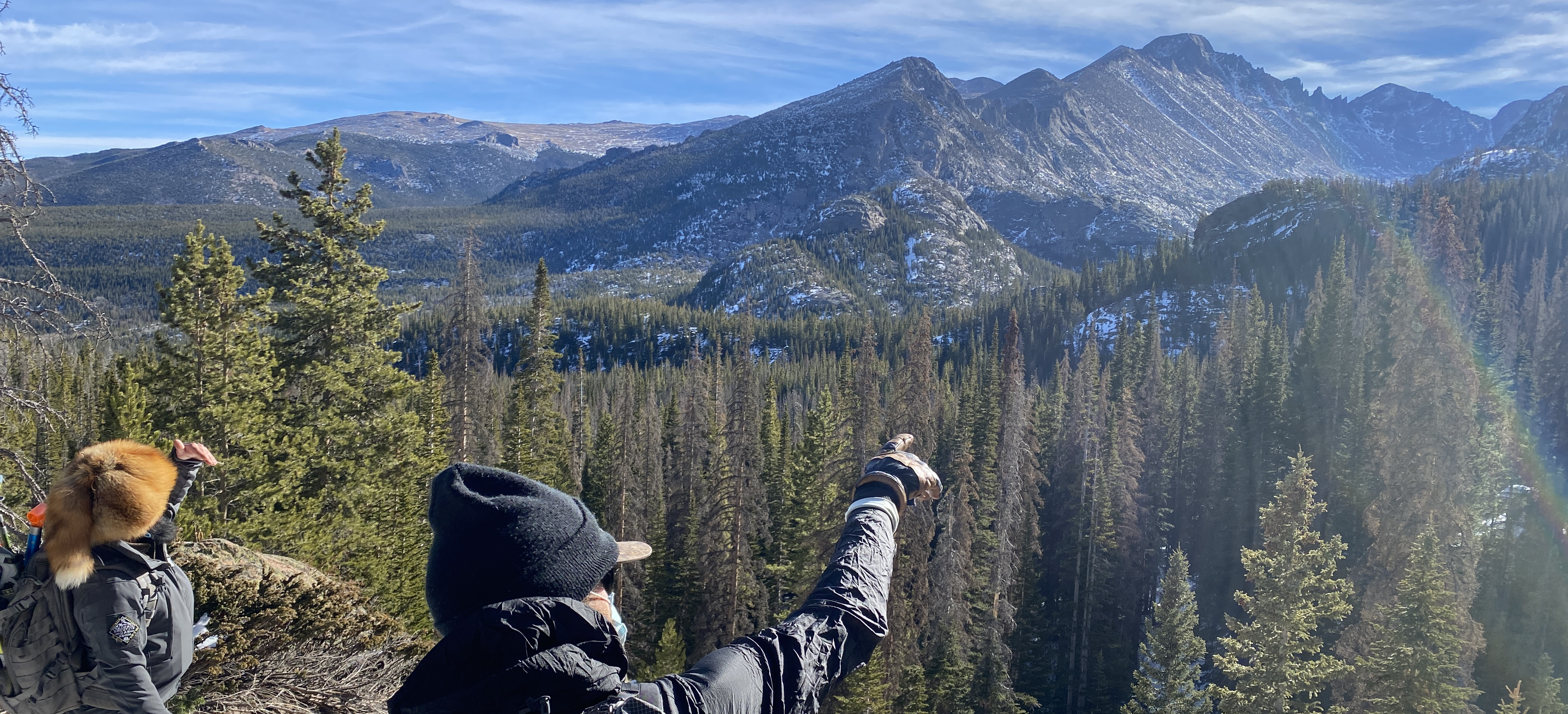
Is all the information we pack into the backwoods as helpful as we think? Colorado is one of the most adventurous states in America. No matter what...